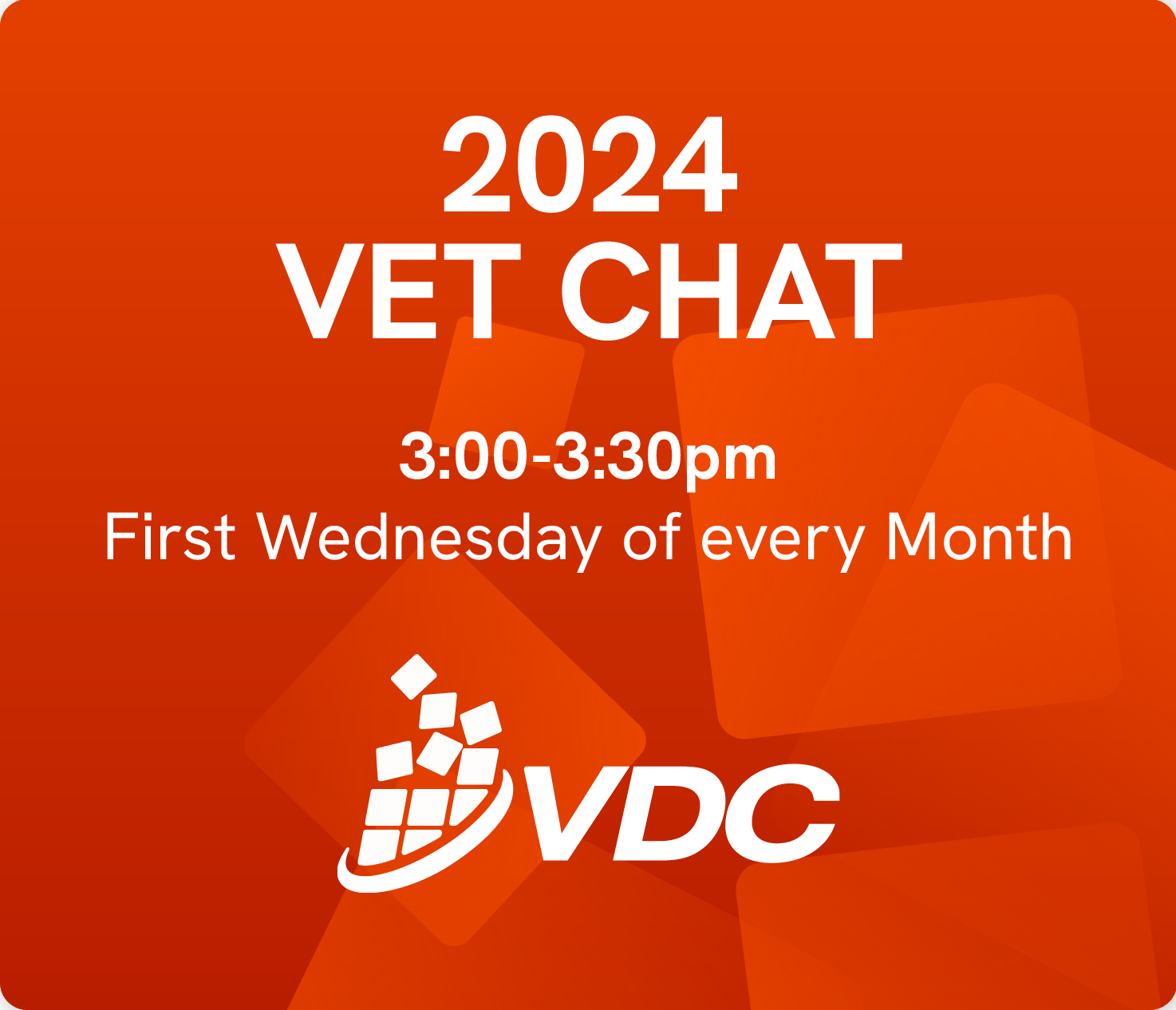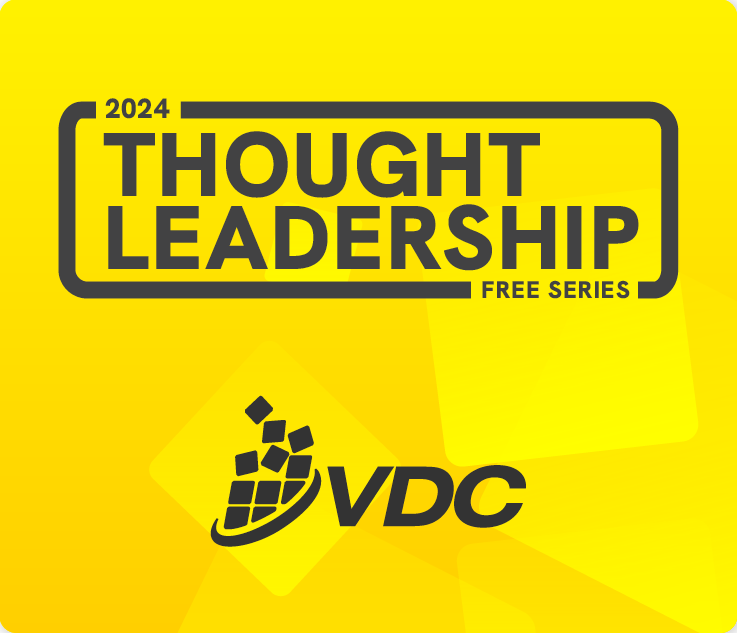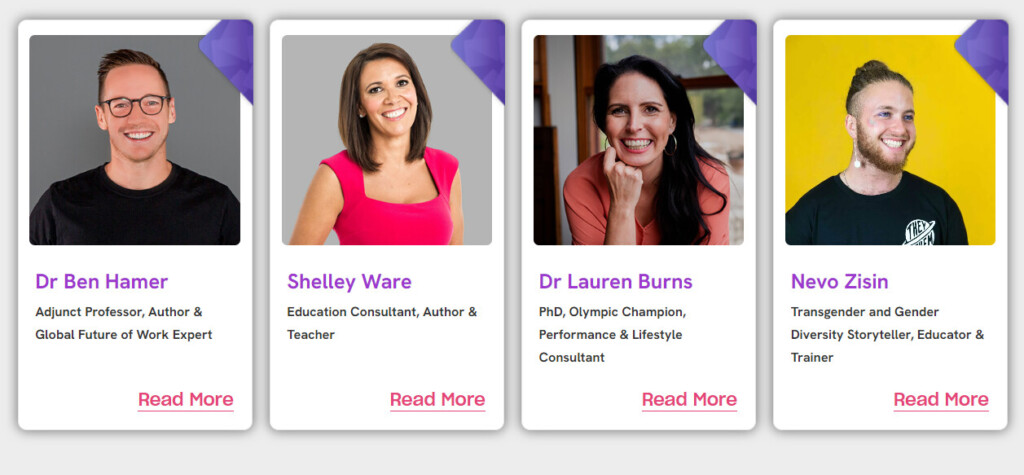Changes in the world of work, such as automation and the digital revolution, are rapidly changing what people will do and how they will do is. This is challenging the nature and mix of skills that individuals in Australia need to gain employment as well as maintain their employability now and in the future.
This paper, “Identifying work skills: international perspectives”, by Siekmann and Fowler examines the range of initiatives and approaches being developed or in use in selected countries, including the United States, Singapore, New Zealand and Europe to help understand the mix and dynamics of the skills needed by individuals and the broader workforce.
What is needed?
The best skills information systems have a number of key features. First, they provide good public access, the information is timely and kept up to date and draws information from a wide range of sources. The structure needs to be logical and be a “first stop or one stop website”. They also need to be able to inform training needs so that training programs can be modified and updated.
What is available in Australia?
Australia already has a range of information sources and repositories for existing skills. These include: JobOutlook, training.gov.au, MySkills.gov.au and the Core Skills for Work Developmental Framework. However, the paper suggests that:
“International evidence and comparisons suggest that the full potential of these various resources may be unrealised, given the lack of an up-to-date and widely accessible integrated skills information framework.”
Best practice from overseas
The paper identified some exemplar bodies from overseas that are worth a look, four in all.
The first is America’s O*NET database, which provides occupational information for both students and job seekers. It uses both job- and worker- oriented descriptors. Its other feature is that it “allows occupational information to be applied across jobs, sectors or industries (cross-occupational descriptors) and within occupations (occupational-specific descriptors).”
The second is Singapore’s Skills Frameworks, which is steadily being rolled out. As Siekmann and Fowler’s paper points out:
“The Skills Frameworks website aims to provide up-to-date information on employment, career pathways, occupations, job roles and existing and emerging skills, as well as relevant education and training programs. A list of training programs that address skills gaps in each sector is included on the framework website.”
The third is the European Skills, Competences, Qualifications and Occupations – or ESCO – developed by the European Commission to help with labour mobility within the European Union.
The final exemplar is the Skills Framework for the Information Age, or SFIA. This is focused on “the skills and competencies required in the digital world”. It does not define occupational roles or jobs. Its approach is to provide “flexible building blocks of skills descriptions at various levels of competence.”
As the paper points out:
“other nations are making concerted efforts to create such frameworks, populated with contemporary and cross-referenced skills intelligence and maintained close to real time, the aim being to steer policy and inform training practices”
So what might Australia learn from such approaches?
And if this article and the links are not enough, you might like to also look at all thirteen international case study summaries in the paper’s support document. This includes further information about the four exemplars highlighted in this article.








